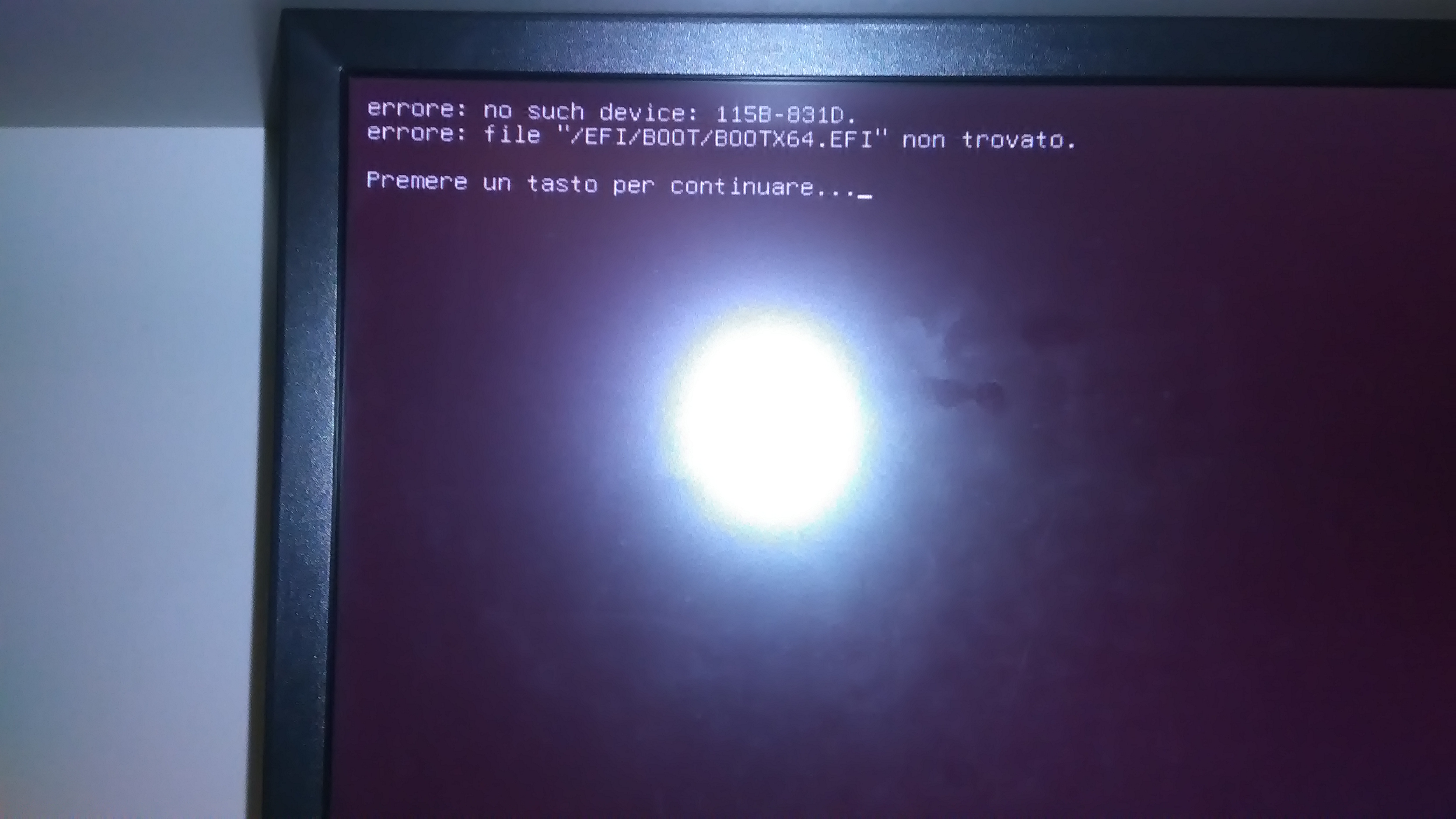Hi to all,
succeded to install Haiku on my old laptop (without other OSes), not it’s time to put into the big-one, my desktop workstation.
Well, lot of issues here unfortunately…
1- Boot from usb sticks, had to use an usb plug from the MoBo, as my internal 3.5 CF+USB3 hub made me on KDL (dunno if it’s because the hub or because of being on USB3). Boot was perfect and put me on Desktop in VESA mode (i guess my Nvidia Quadro is not supported)
2- Installing on a 32gb internal SSD (NOT my primary SSD disk with W10), init as Intel partition map. Installation OK
3- Trying to install bootmap from Installer, I soon noticed that the W10 partition is not recognized…this is because it is on another disk?
4- Writing the boot sector, bootman failed with a useless “Impossible to write boot sector” message
5- While rebooting, the boot fails over W10 boot manager even if the Haiku SSD disk has higher boot priority
Additionally, very often (need to undestand why “often” and not “always”) when booting, I automatically get into the boot menu when I can see screen resolution to “none”. I set. Then I’m forced to hit ‘Reboot’ and I go into W10 instead (this is really irritating  )
)
Finally (but I think this is know issue) I have no audio from my display port and neither HDMI port. Also no audio from optical output on Mobo. Analogue outputs works perfectly. These are the only output choices in media preflets. This is due to VESA mode I guess but…what about optical? Still not supported?
I’m enjoing Haiku on the laptop, but that’s so old and worn…I can’t wait to use it on my desktop box now 


 )
)